My favourite period in history of art is the avant-garde of the 20s: futurism, constructivism and most of all – Dadaism. Out of all dada artists I am most inspired by Kurt Schwitters – by his works, but even more by his amazing take on art and life, as he didn’t see a border between them.
Art historians don’t have any doubts – Schwitters was a great dada artist. He is unanimously one of the most interesting artists of the 20th century and very productive too. Enough said that throughout 61 years of his life he created over 8,000 works, out of which around 2,500 remained till today. Indeed, Schwitters was a Dadaist in every inch, yet he didn’t get accepted into the Dada Club, mainly because he didn’t get along with Huelsenbeck, who proudly used the slogans of Dada is global and The Central Council of Dada for the World Revolution. This rejection didn’t bring Schwitters down or make him turn away from Dadaism though, on the contrary even – it did him good. Thanks to this he established his own, one-man dada movement called MERZ.
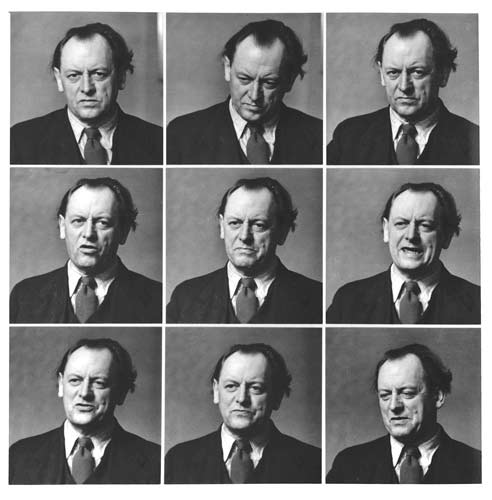
Merz
Just like the key word for Dadaism ‘dada’, Schwitters’ MERZ came into existence by chance, when the artist saw a caption Kommerz – und Privatbank. Although you wouldn’t find the word Merz in a dictionary, it evoked different associations, a lot of them in fact. The sound of Merz was similar to Kommerz (commerce) but also Herz (heart), Scherz (a prank) or Marz (March) – connected with the energy and freshness of spring. However, the point wasn’t in semantics. One-syllable Merz was a surrogate of the equally concise dada, which Schwitters was banned from using. Merz was for him exactly the same as dada for the whole dada movement: it didn’t mean anything but at the same time encompassed everything connected with life and art of Kurt Schwitters – it was his trademark.
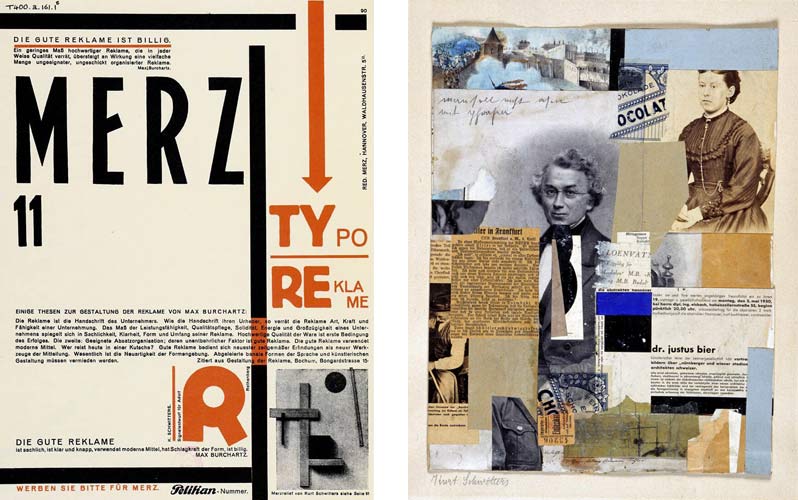
The Merz concept was explained by Schwitters in the first issue of “Der Zweemann”: “The Merz paintings are abstract works of art. The word Merz means essentially the summarization of all conceivable materials for artistic purposes, and technically the – on principle – equal evaluation of the individual materials… In Merz painting the box-lid, the playing card or the newspaper cutting becomes the surface, the string, the brush stroke or pencil stroke becomes the line, the wire net, the painting or the stuck on greaseproof paper becomes the varnish and cotton wool becomes the softness. […] These words are supposed to make feeling my art easier for those who are ready to follow me honestly. Many won’t want that. Those will react to my new works in the same way as they always did when something new showed up – with resentment and reproach.
Merzbild
Schwitters worked under his own “brand” name Merz, creating unique Merzbild (Merz-paintings): collages and assemblages. Out of different kinds of waste produced by civilization: prints, labels, wallpapers, pieces of wood, he composed refined pieces. In the first phase of creating priority was given to chance, randomness, absurd, spontaneity and freedom. But after that the disciplined and orderly mind of the author came into action. Thanks to this, the created artworks were sophisticated when it came to composition and color, everything had its natural place.
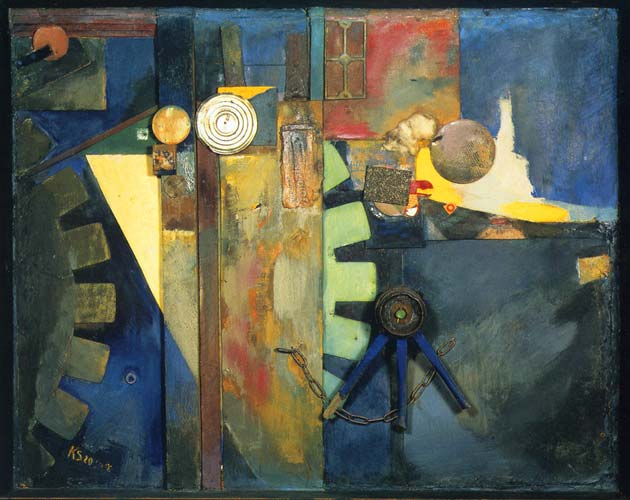
Merzbild are full of freedom and novelty. Their main characteristic is the sublime game of colors and shapes, but not only in aesthetic aspect. What is also important is the relation between the elements and their recurrence in other pieces. This repetition creates a certain rhythm and, what follows, a feeling of a closed world, which based on radiation and rotation becomes a glimmering metaphor for reality. There is also the other aspect. Building images out of discarded things, ones that no one needs, but even more importantly – taken out of their original context, forces the mind out of its well-known path and makes a mess of the perception of values. Such collages and assemblages are no longer just a visual play but a voice against the systems – all systems and any restrictions. They are a protest and at the same time an expression of creative freedom – and freedom in general.
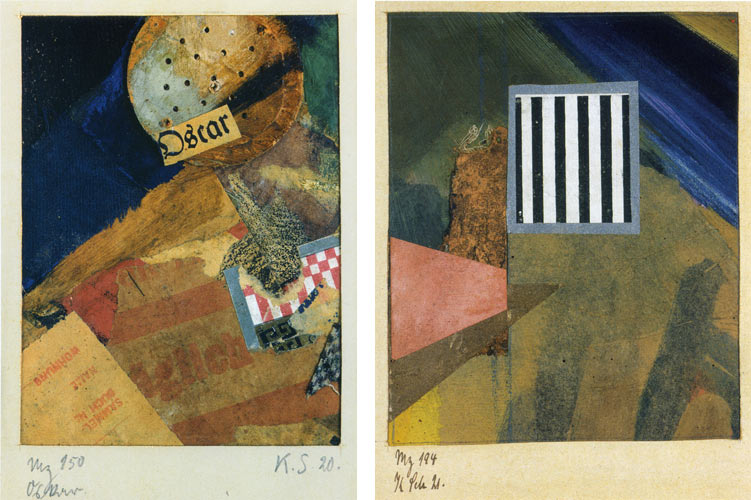
Schwitters created collages for all his life and he found his inspirations on a pavement, while others were searching for them in Louvre. And as if with the touch of a magic wand he turned into art simple, inconspicuous or ignored by others pieces of reality. A tram ticket, envelope or shoelace – all this was good enough to be included in Merz. As art historian Mieczysław Porębski observes: “Kurt Schwitters took the stance of a resigned traveller. He had two suitcases, in one he offered his pieces, in the other there was rubbish of all kinds. He sometimes sold something out of the latter too. But the main purpose of his systematic excursions was to constantly replenish his stock of waste materials.” Exceptional sensitivity and the joy of creating turned his whole life into a creative adventure and moving scraps of reality into art became an attempt at merging life with art – a concept which he fulfilled the most in the work of his life Merzbau (Column).
Merzbau
The construction was a mix of architecture, sculpture and painting in a way unknown before – by the use of waste, not to say rubbish. Merzbau had numerous niches into which Schwitters systematically put different, redundant items: a lock of hair, an unimportant scrap of paper or a vial with urine. These things came for the artist’s family and friends. There were niches of Mondrian, Arp, Doesburg, Malevitch and many others. When the niches were completely filled, Schwitters bricked them up and created new ones. And so Merzbau grew. And since this opus vitae was being built in Schwitter’s own, three storey tenement, soon the ceiling became an obstacle to the further upward growth of the construction. Not thinking much, the artist simply pierced the ceiling and continued, later breaking through the other two ceilings as well.
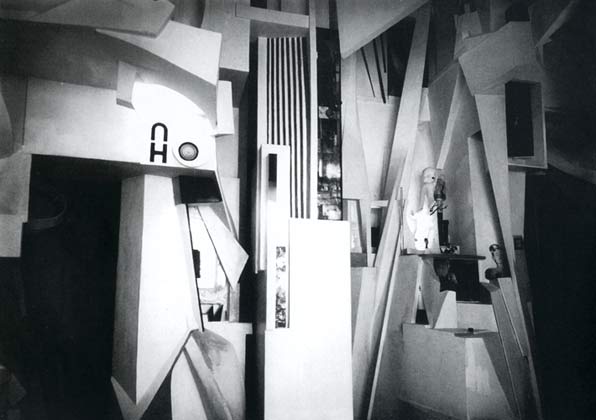
Merzbau was a kind of collage, assemblage, it was both Merz and Merzbild, a shift or removal of the border between art and life. The artist treated the column very personally, he spent a lot of time on it and finally Merzbau became his biography. Swchitters built three Merzbau: in Hannover, in Lysaker not far from Oslo, where he moved after Hitler took over Germany, and finally in England, in Lake District close to Ambleside. Merzbau in Hanover got completely destroyed in bombing during a raid of the Allies. The artist couldn’t finish the Column in Norway too due to Nazi invasion there and the third, British one was left incomplete as the artist died. But Schwitters wouldn’t finish his masterpiece anyway – he was one of those for whom the process is more important than the final effect; one of those who never rest in the creative process.

Here is what one of his friends, Hans Richter, has to say about it: “life and art of Schwitters were one, colourful story. Amazing things always happened to him. Trojan War surely wasn’t more eventful than any day of his life. When he wasn’t writing poems, he made collages, if he wasn’t occupied with gluing things he worked on his column, he washed his feet in the same water where his guinea pigs bathed, he heated the pot with glue in his own bed, in the rarely use bathtub he kept a tortoise, he recited, drew, printed, cut magazines into pieces, welcomed guests, published Merz magazine, wrote letters, designed advertising prints for Gunter Wagner (for fixed salary), gave drawing lessons, painted exceptionally bad portraits (he liked them) and cut them into pieces, which he later used in his abstract collage compositions, he assembled Merz compositions from broken furniture, nagged his wife to mind their son, invited friends for very stingy dinners and among all that he never forgot to pick something from the ground and put it in his pocket. All of that happened in the state of tense instinct and intellect, and the intensity never decreased /…/ With Kurt no one was every bored, not even for a second. He did everything with grave seriousness, but we also took that for a joke.” From the above description it could be deducted that Schwitters liked to play with chance and had the gift of finding in each moment something meaningful. And one more: he had the rare gift of turning a moment into a value.
Wit, ease, acceptance of the work of choice and absurd, rebellious stance and pursuing absolute artistic freedom placed Schwitters in the front line of German Dadaists. One substantial difference between him and other Dada artists was that he never talked about ‘anti-art’ or ‘the death of art’. His actions never were destructive, rather the exact opposite of it. That is why Merz remains qualified as art, even if it was built on the ruins of a world against which Dadaism was so ostensibly against.
Schwitters was an outsider, an individualist in every aspect. What speaks a lot about his mentality and take on art is the fact that after finishing his six years of artistic studies in Dresden Academy, he didn’t move, like most of his friends, to any of the artistic centers of Europe – Berlin or Munich (which was second only to Paris at the time). He stayed in Hanover, provincial in artistic matters. Schwitters was never active politically, “he wasn’t an aggressive agitator. He remained a quiet but full of empathy chronicler of his times”. He didn’t take any social or political actions because as he wrote: “Merz takes into account only art, no man can serve two masters”. His “anti” attitude put him outside all systems, all ‘-isms’, but the consistency and perseverance which he placed in his work compensated that completely – it led to the creation of an amazingly homogeneous masterpiece. A masterpiece which cannot be labelled with any other name except for Merz, because it is as unique as its creator. “Merz is establishing a relation between everything that exists in the world” said Schwitters in one of his manifestos and in 1927 he summed it all up: “Now I can call myself Merz”.
Bibliography:
1. ELDERFIELD John, Kurt Schwitters, New York – London 1985.
2. HUSSAKOWSKA-SZYSZKO Maria, Spadkobiercy Duchampa? Negacja sztuki w amerykańskim środowisku artystycznym, Kraków 1984.
3. PORĘBSKI Mieczysław, Granica współczesności. Ze studiów nad kształtowaniem się poglądów artystycznych XX w., Wrocław 1965.
4. RICHTER Hans, Dadaizm – sztuka i antysztuka, Warszawa 1986.
5. SCHWITTERS Kurt, Centre Georges Pompidou, Paris 1994 (katalog wystawy).
6. SCHWITTERS Kurt, Das literarische Werk, Band I Lyrik, Herausgegeben von Friedhelm Lach, Köln 1973.
7. SCHWITTERS Kurt, Muzeum Sztuki w Łodzi, Łódź 2003 (katalog wystawy).
8. SCHWITTERS Kurt, Wir spielen, bis uns der Tod abholt. Briefe aus fünf Jahrzehnten. Gesammelt, ausgewält und kommentiert von Ernst Nündel, Frankfurt/M 1975.

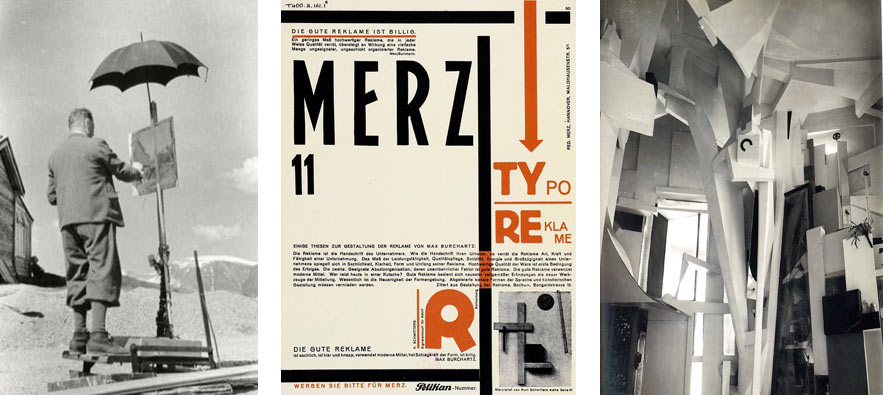
Hi! I’ve Ьeen following yiuг weblog forr a while now and finally got the bravery
to go ahead andd give you a shout out from Ꮋoustpn Texas!
Just wanted to menfion keep ᥙp the great job!
Thank you very much Jim for your kind words, from as far as Texas! 🙂
Please, feel free and more than welcome to comment when you visit us,
we would love to hear the readers’ thoughts on the contents of our articles too 🙂
Hi. Merz is my last name and I’m wondering if I’m somehow related. My Great grandmother moved here to avoid Stalin.
An informative article with a lively tone but full of misconceptions about Schwitters that have long been disproved. Merz was not the result of a rejection by Dada groups (he introduced himself to the Dadaists in Belin and Zurich with his Merz pictures and both groups were enthusiastic) and the myths about the Merzbau taking up all his house and breaking through the ceiling… perhaps this miggt be a help http://www.sprengel-museum.com/bilderarchiv/sprengel_deutsch/downloaddokumente/pdf/ks2007_the_reception_of_the_merzbau.pdf
Thank you for your comment, I am very humbled that my article attracts such experts in the field. I wrote this post basing on the provided bibliography, mainly on Richter’s works which I thought to be the most reliable source as he knew Schwitters personally. Thank you, however, very much for the link to this insightful paper, which is a great source for further and deeper exploration of Schwitters’ work and definitely sheds new light on what Richter wrote.
Iappreciate, result in I discovered just what I was taking a look for.
You’ve ended my 4 day lengthy hunt! God Bless you man. Have a great day.
Bye
As a Schwitters fan, I could learn a lot about this extraordinary artist reading this awesome article. Thank you!
Hi,
I have a 8Merz9 April July 1924 typography by Lissitzky and Schwitters. Here is a photo I found on the web…http://www.citrinitas.com/history_of_viscom/images/avantgarde/merz8-1.jpg
Is this worth anything and can you give me some insight on the piece?
Thanks
Sorry can you please delete this post. Didn’t realize my full name was going to pop up. Thanks..
Hi,
I have a 8Merz9 April July 1924 typography by Lissitzky and Schwitters. Here is a photo I found on the web…http://www.citrinitas.com/history_of_viscom/images/avantgarde/merz8-1.jpg
Is this worth anything and can you give me some insight on the piece?
Thanks
Pingback: Explore This Surprising And Profound Practice Of Artistic Self Discovery~Without Having To Be Artistic! – Learning With Lisa Online
Pingback: Anna Kłos – Individual exhibition at the Korekta Gallery – Retroavangarda
Pingback: Dada as a worldview - Dada 100 Years - Retroavangarda